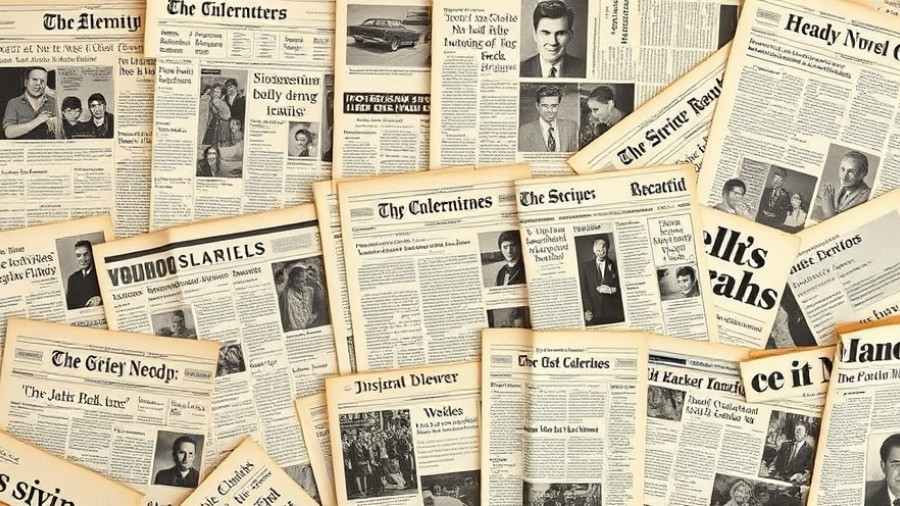
The Pulse of San Francisco: Navigating Traffic and Community Developments
As October sweeps into the Bay Area, a wave of significant local updates is reshaping our urban landscape, from traffic management initiatives to upcoming communal projects. In San Francisco, an array of headlines showcases the ongoing evolution and community engagement surrounding transportation, housing, and safety issues.
Red Light Cameras: A Step Towards Safer Streets
San Jose’s red light camera program is making headlines as it takes strides toward improving traffic safety. With the goal of reducing collisions at intersections, this program aims to hold drivers accountable and foster a culture of respect on the road. This kind of initiative resonates with residents who prioritize safety over speed, especially within community-oriented areas.
Transforming Transit: The Role of Funding Measures
Another pivotal topic discussed is the new transit funding measure, which seeks to bolster Bay Area transit systems. With the November 2026 ballot measure coming up, the real task is set to begin – building community support and securing voter approval. The California Transit and Intercity Rail Capital Program (TIRCP) is essential for ensuring that modernized transit systems are not just a dream but a tangible reality, facilitating access for all residents. This program has already made waves by providing over $10 billion to transformative projects statewide, making it apparent that concerted action can lead to progress.
Housing Legislation Impacting Downtown Palo Alto
Amidst the transportation discourse, housing bills impacting downtown Palo Alto are set to reshape our neighborhoods. As cities adapt to changing needs, the emphasis on sustainable, affordable housing becomes increasingly crucial. These measures can significantly affect local culture, art, and community wellness, tying closely to the ethos of lifestyle-conscious individuals who value holistic living.
Vision Zero: Enhancing Safety Through Strategy
The Vision Zero initiative continues to play a critical role in San Francisco's commitment to eliminate traffic-related fatalities. The strategy emphasizes the need for educational programs and infrastructure improvements, which resonate with safety-conscious residents eager to see their communities thrive. With recent funding allocations directed towards protective innovations such as speed cameras announced in Assembly Bill 645, the city's focus on creating safer streets is a move welcomed by many local advocates.
Future of Transportation: What Lies Ahead
Looking forward, innovations such as AI-driven traffic management might pave the way for a more efficient commuting experience. There's active discussion around Waymo’s expansion into London, highlighting a growing global attention to autonomous vehicular technology. As these advancements unfold, Bay Area residents feel the effects slowly transforming the very fabric of how they commute, participate in the community, and engage with their surroundings.
Human-Centric Transportation: Keeping Community at the Core
The conversations around traffic reforms and transportation generally revolve around data and strategies. However, at the heart of it all lies the human perspective – the real-life implications on residents’ daily experiences and interactions. From safer commute options to community dialogue on issues like housing and safety, the collective insights of individuals define the overall health of our neighborhoods. Engaging stories and shared experiences are what make our city vibrant, forming connections that extend beyond the mundane.
It's clear that the initiatives discussed today shape a brighter future for the Bay Area. As fellow residents, we must advocate for policies that support sustainable and equitable solutions to enhance our quality of life.
For more updates on local developments and initiatives that matter to you and your community, consider subscribing to our newsletter. Together, let's celebrate the spirit of collaboration that defines San Francisco.
 Add Row
Add Row  Add
Add 



Write A Comment